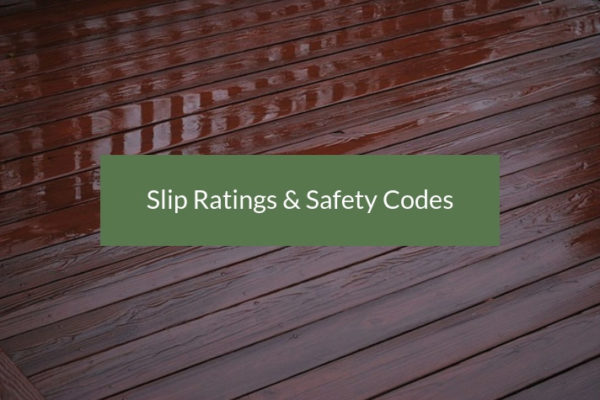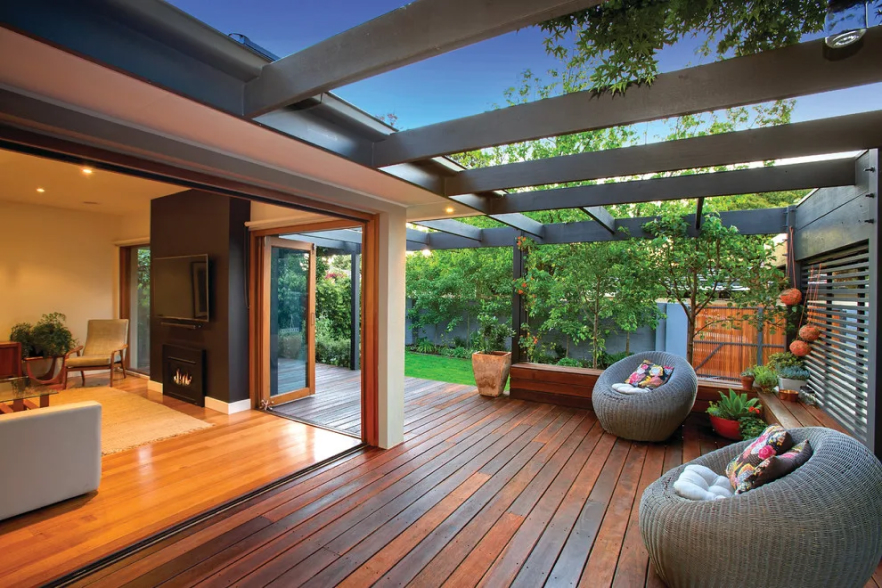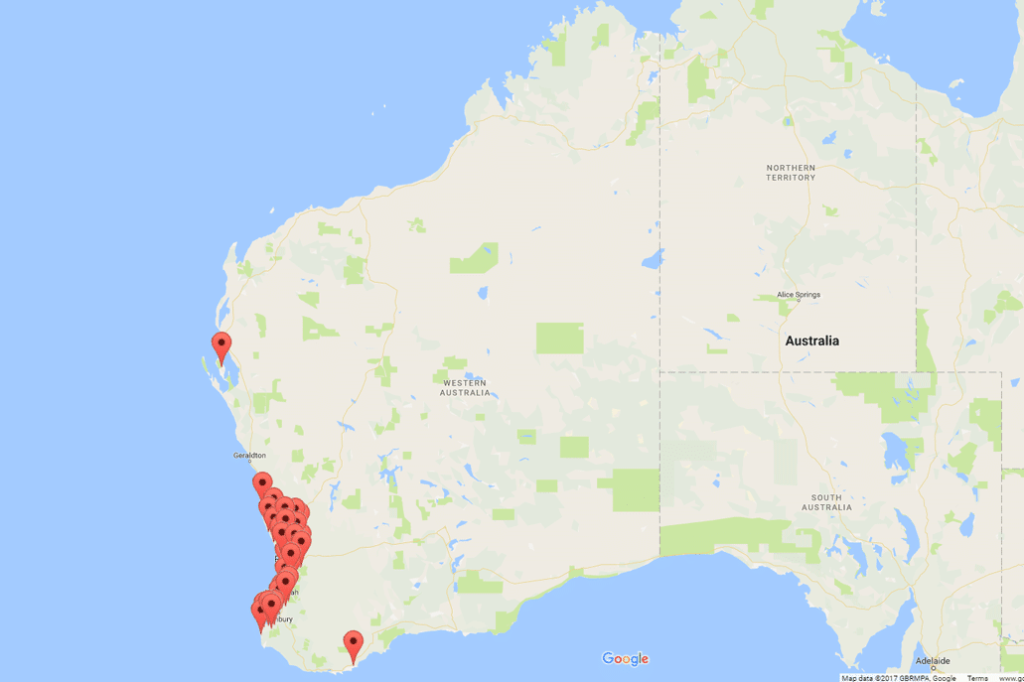When building an outdoor deck of any sort, safety considerations are essential. But it’s not enough to simply consider standard safety precautions like railings. You also need to consider how slippery particular surfaces are; the worst thing that can happen is to have someone slip while walking on your deck.
The National Construction Code (NCC) has very specific instructions regarding the types of materials that must be used when constructing outdoor surfaces; adhering to these instructions will ensure that your deck is safe.
In this article we’re going to explain the outdoor decking slip ratings required by the NCC so that you can make an informed decision regarding the materials you use.
Understanding Slip Resistance Ratings
AS 4586-2013 is the Australian Standard which specifies the slip resistance ratings required.
There are four tests which provide four different rating scales. Those tests are:
- The Wet Pendulum Slip Test – Provides ratings for floor materials that may become wet. This includes both areas that are exposed to weather, like a deck, and those that may occasionally become wet, like a lobby.Rating Scale: P0, P1, P2, P3, P4, P5
- The Dry Floor Friction Test – Provides ratings for floor materials that won’t be exposed to slippery substances. These ratings are used primarily for internal rooms.Rating Scale: D0, D1
- The Wet Barefoot Inclining Platform / Ramp Test – Provides ratings for materials that will become wet and will be walked upon barefoot. These ratings are used at locations such as swimming pools and changing rooms.Rating Scale: No Classification, A, B, C
- The Oil Wet Inclining Platform / Ramp Test – Also provides ratings for floor materials that may become wet.Rating Scale: No Classification, R9, R10, R11, R12, R13

The NCC Requirements
When it comes to outdoor decking slip ratings, the relevant tests are the Wet Pendulum Slip Test, the Wet Barefoot Inclining Platform / Ramp Test, and the Oil Wet Inclining Platform / Ramp Test.
The NCC spells out the following slip rating requirements:
| Application | Surface Condition – Dry | Surface Condition – Wet |
| Ramp steeper than 1:14 | P4 or R11 | P5 or R12 |
| Ramp steeper than 1:20 but not steeper than 1:14 | P3 or R10 | P4 or R11 |
| Tread or landing surface | P3 or R10 | P4 or R11 |
| Nosing or landing edge strip | P3 | P4 |
For example, if your outdoor deck will be exposed to the weather and getting wet, all materials used for treads and landing surfaces must have a rating of P4 or R11. Ramps steeper than a 1:14 gradient must be P5 or R12.
Whether you use composite decking or timber decking, your deck must meet these minimum requirements.
Conclusion
When doing outdoor decking installation, few things matter more than safety. You want to be certain that, whether wet or dry, people can walk without fear of slipping. To ensure maximum safety, always use appropriate materials as spelled out in the NCC.















































